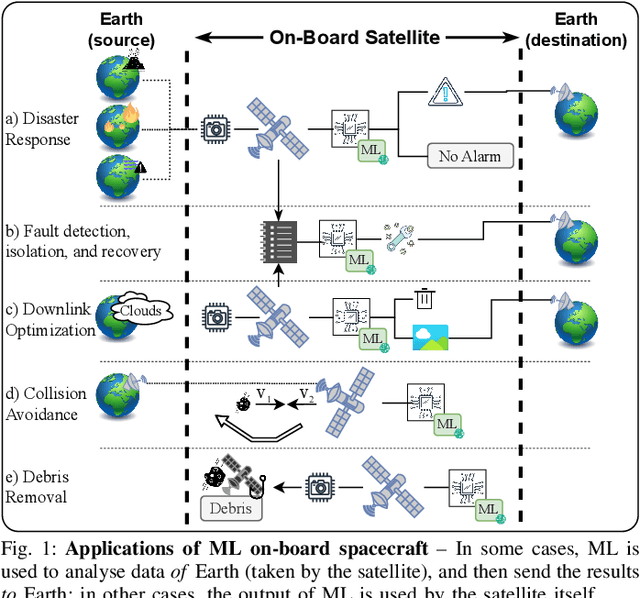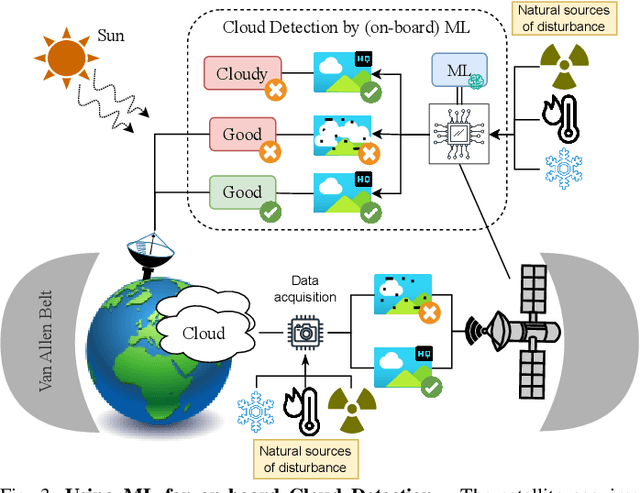Federico Fontana
NT-ViT: Neural Transcoding Vision Transformers for EEG-to-fMRI Synthesis
Sep 18, 2024Abstract:This paper introduces the Neural Transcoding Vision Transformer (\modelname), a generative model designed to estimate high-resolution functional Magnetic Resonance Imaging (fMRI) samples from simultaneous Electroencephalography (EEG) data. A key feature of \modelname is its Domain Matching (DM) sub-module which effectively aligns the latent EEG representations with those of fMRI volumes, enhancing the model's accuracy and reliability. Unlike previous methods that tend to struggle with fidelity and reproducibility of images, \modelname addresses these challenges by ensuring methodological integrity and higher-quality reconstructions which we showcase through extensive evaluation on two benchmark datasets; \modelname outperforms the current state-of-the-art by a significant margin in both cases, e.g. achieving a $10\times$ reduction in RMSE and a $3.14\times$ increase in SSIM on the Oddball dataset. An ablation study also provides insights into the contribution of each component to the model's overall effectiveness. This development is critical in offering a new approach to lessen the time and financial constraints typically linked with high-resolution brain imaging, thereby aiding in the swift and precise diagnosis of neurological disorders. Although it is not a replacement for actual fMRI but rather a step towards making such imaging more accessible, we believe that it represents a pivotal advancement in clinical practice and neuroscience research. Code is available at \url{https://github.com/rom42pla/ntvit}.
Machine Learning in Space: Surveying the Robustness of on-board ML models to Radiation
May 04, 2024



Abstract:Modern spacecraft are increasingly relying on machine learning (ML). However, physical equipment in space is subject to various natural hazards, such as radiation, which may inhibit the correct operation of computing devices. Despite plenty of evidence showing the damage that naturally-induced faults can cause to ML-related hardware, we observe that the effects of radiation on ML models for space applications are not well-studied. This is a problem: without understanding how ML models are affected by these natural phenomena, it is uncertain "where to start from" to develop radiation-tolerant ML software. As ML researchers, we attempt to tackle this dilemma. By partnering up with space-industry practitioners specialized in ML, we perform a reflective analysis of the state of the art. We provide factual evidence that prior work did not thoroughly examine the impact of natural hazards on ML models meant for spacecraft. Then, through a "negative result", we show that some existing open-source technologies can hardly be used by researchers to study the effects of radiation for some applications of ML in satellites. As a constructive step forward, we perform simple experiments showcasing how to leverage current frameworks to assess the robustness of practical ML models for cloud detection against radiation-induced faults. Our evaluation reveals that not all faults are as devastating as claimed by some prior work. By publicly releasing our resources, we provide a foothold -- usable by researchers without access to spacecraft -- for spearheading development of space-tolerant ML models.
Training binary neural networks without floating point precision
Oct 19, 2023Abstract:The main goal of this work is to improve the efficiency of training binary neural networks, which are low latency and low energy networks. The main contribution of this work is the proposal of two solutions comprised of topology changes and strategy training that allow the network to achieve near the state-of-the-art performance and efficient training. The time required for training and the memory required in the process are two factors that contribute to efficient training.
 Add to Chrome
Add to Chrome Add to Firefox
Add to Firefox Add to Edge
Add to Edge